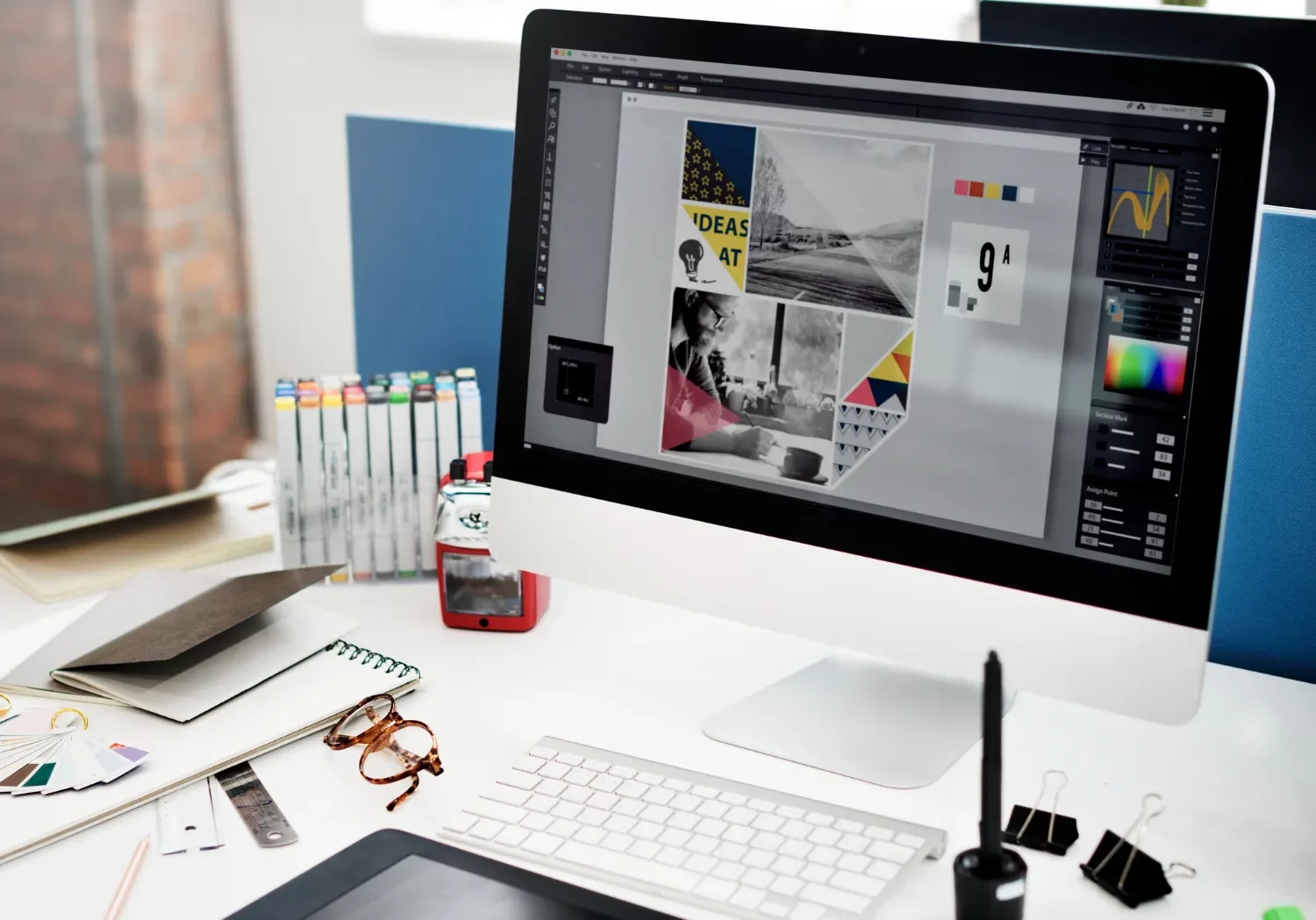
Photoshop: Revolutionizing the Art of Digital Imagery
In the realm of digital creativity, Adobe Photoshop stands as an unparalleled powerhouse. Since its inception in 1987 by Thomas and John Knoll, this software has revolutionized the way we perceive and manipulate digital imagery. Over the years, it has become an essential tool for photographers, graphic designers, artists, and enthusiasts alike, transforming creative visions into breathtaking visual masterpieces. In this 1500-word exploration, we delve into the history of Photoshop, its evolution, its impact on various industries, and the future it envisions for the world of digital artistry.
The Genesis of Photoshop: A Creative Vision Realized
The story of Photoshop begins with the Knoll brothers, who developed a pixel-imaging program called Display in 1987. Fascinated by the potential of their creation, they collaborated with Adobe Systems to further refine and distribute the software. In 1988, the first version of Photoshop was introduced to the world, marking the beginning of a new era in digital artistry.
The Evolution of a Digital Revolution
From its humble beginnings, Photoshop underwent a series of transformative updates, each version enhancing its capabilities and user experience. The introduction of layers in Photoshop 3.0 in 1994 was a game-changer, allowing users to manipulate elements individually without altering the entire image. Subsequent versions introduced features like the Healing Brush, Content-Aware Fill, and the revolutionary introduction of Creative Cloud, providing users with a seamless and connected experience across devices.
Photoshop in the Digital Age: Redefining Creativity
In the digital age, Photoshop has become synonymous with creativity. Its intuitive interface and extensive toolset empower users to bring their imaginative ideas to life. Photographers use Photoshop to retouch and enhance images, correcting imperfections and creating stunning visual narratives. Graphic designers rely on its precision and versatility to craft captivating designs for branding, advertising, and digital media. Artists explore its myriad brushes and effects to push the boundaries of traditional art, blurring the line between the physical and digital realms.
Photoshop's Impact on Various Industries
Photoshop's influence extends far beyond the realms of art and design. In the field of fashion, it has revolutionized image editing, enabling designers to create flawless promotional material and captivating editorials. In the film industry, Photoshop plays a vital role in post-production, facilitating visual effects, digital matte painting, and character design. Architects and interior designers utilize the software to visualize concepts and present their ideas with unparalleled clarity. The scientific community benefits from Photoshop's image analysis capabilities, aiding researchers in fields such as astronomy, biology, and geology.
Photoshop and Social Media: Shaping Online Reality
The rise of social media platforms has significantly impacted how we perceive ourselves and others. Photoshop, with its ability to manipulate images, has contributed to the rise of unrealistic beauty standards and body ideals. While it has empowered individuals to express their creativity, it has also raised ethical concerns regarding digital manipulation and its implications on mental health and self-esteem. As society grapples with these issues, Adobe has taken steps to promote ethical editing practices through initiatives like the "Body Positive" campaign, encouraging users to embrace authenticity and celebrate diverse beauty.
The Future of Photoshop: Embracing Artificial Intelligence
As technology continues to advance, Photoshop is poised to embrace the potential of artificial intelligence (AI). Machine learning algorithms are being integrated into the software, automating repetitive tasks and enhancing user productivity. AI-powered features like automatic background removal, intelligent cropping, and smart retouching are becoming standard, simplifying complex processes and allowing users to focus on their creative vision. Additionally, Photoshop's integration with virtual reality (VR) and augmented reality (AR) technologies opens new avenues for immersive and interactive artistic experiences, shaping the future of digital creativity.
